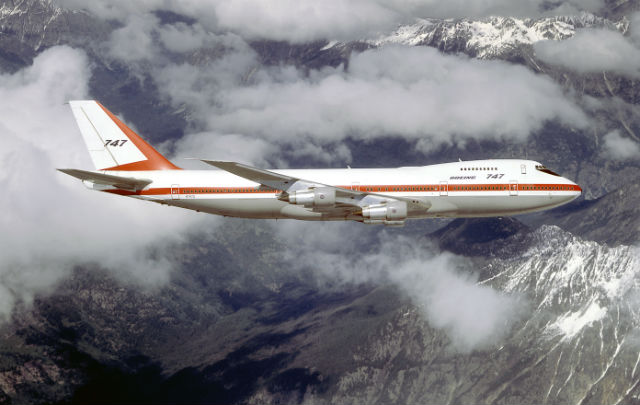In a 2009 interview with FlightGlobal, the late former Boeing 747 chief engineer, Joe Sutter, cautioned about reliance on computer-assisted design tools in aircraft development. “There should not be an over-emphasis on what computers tell you, because they only tell you what you tell them to tell you,” he said.

Boeing
Sutter’s comments applied to the entire aviation industry, but seemed pointed at Boeing, which was coming to grips with the depths of the design and production issues facing the already delayed 787-8.
There is no doubt the digital tools of the modern aviation industry – computer-aided design, computational fluid dynamics and finite element modelling (FEM) – have improved the way aircraft are developed. But they were still unable to spare the industry from over-reaching or over-promising on various high-profile projects in the previous decade, including the 787, Lockheed Martin F-35 and Airbus A400M. In a way, these new tools seemed to breed an unhealthy over-confidence in schedules and cost estimates.
Over a 76-year association with Boeing – spanning more than three-quarters of its history – Sutter no doubt witnessed a series of innovations in the way aircraft were designed. No doubt, with his historical perspective, he anticipated the struggles a new generation of Boeing engineers encountered as they absorbed new technology in the design process. Encouragingly, a new generation of engineers is rising to the top ranks of the aviation industry, with a fresh perspective on aircraft design. They arrive with an experience informed by the programmatic breakdowns of the last decade, with a mandate to avoid the same mistakes.
So it was refreshing to hear Sutter’s latest successor as Boeing’s top engineer, Mike Delaney, addressing a public audience in Washington DC four months ago. Delaney had only been named head of airplane development for commercial aircraft a few months before, as the design of the 777-9 was finalised and concepts for the proposed Middle of the Market aircraft were under review. Delaney’s message to an audience of engineers was simple: engineering skills should be relied on more than digital design tools.
“Get up on the board and draw a free-body diagram,” Delaney said. “Tell me the forces and moments on the airplane, and don’t tell me what the FEM said. We’ve got to get back to some of those basics.”
If Sutter was listening to those words four months ago, he must have been pleased. That was the Boeing he knew.
Source: Flight International


























